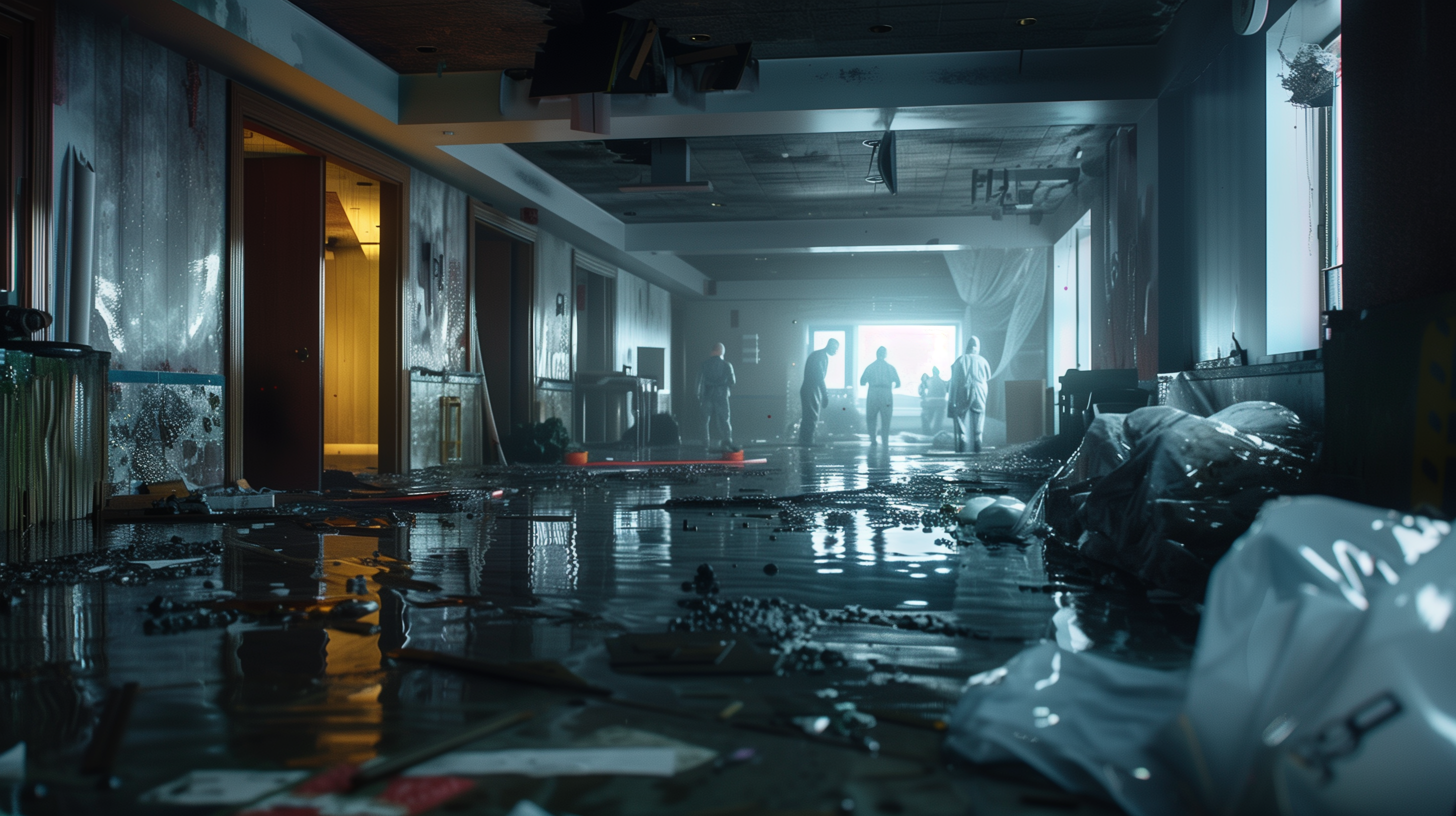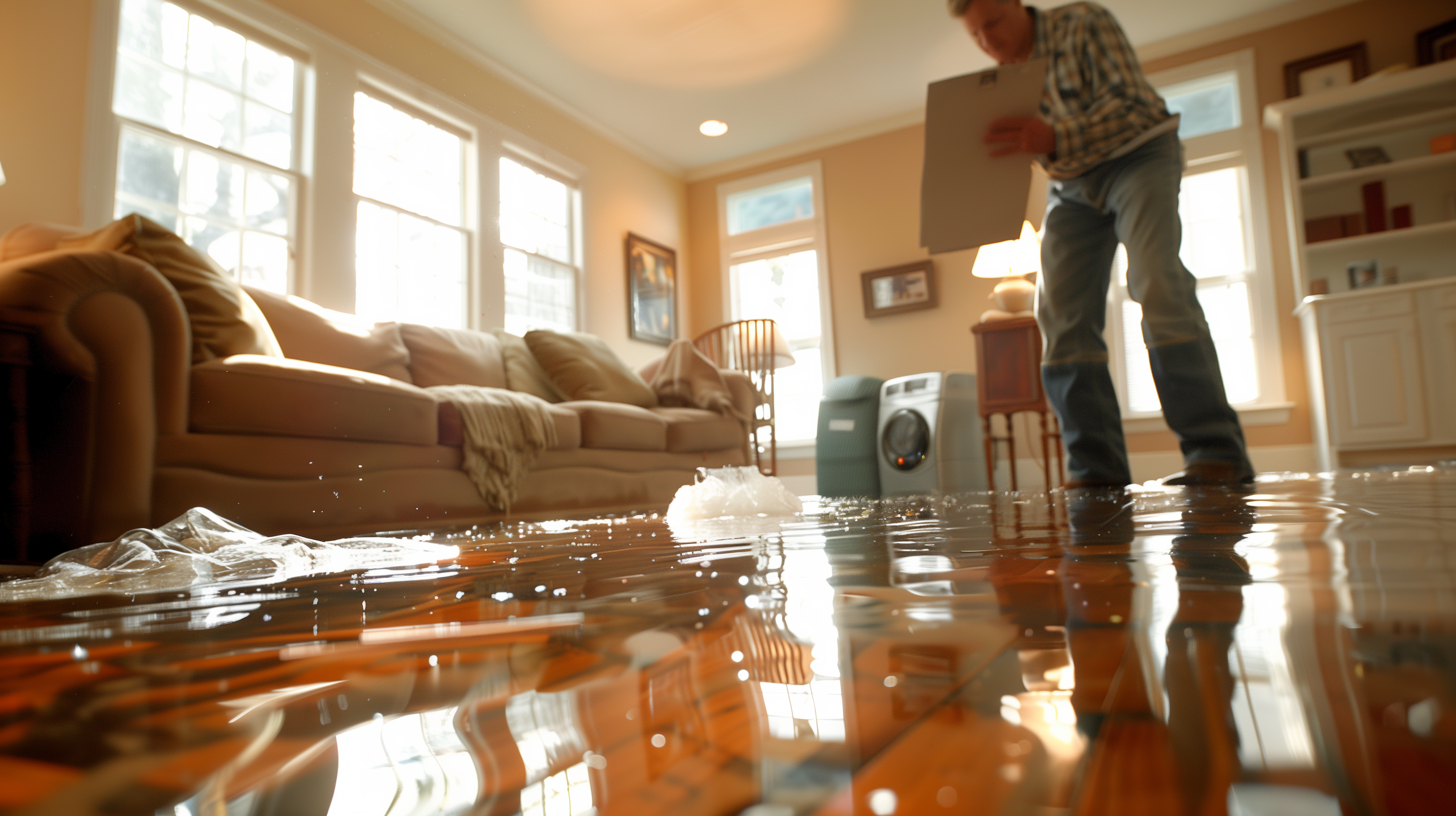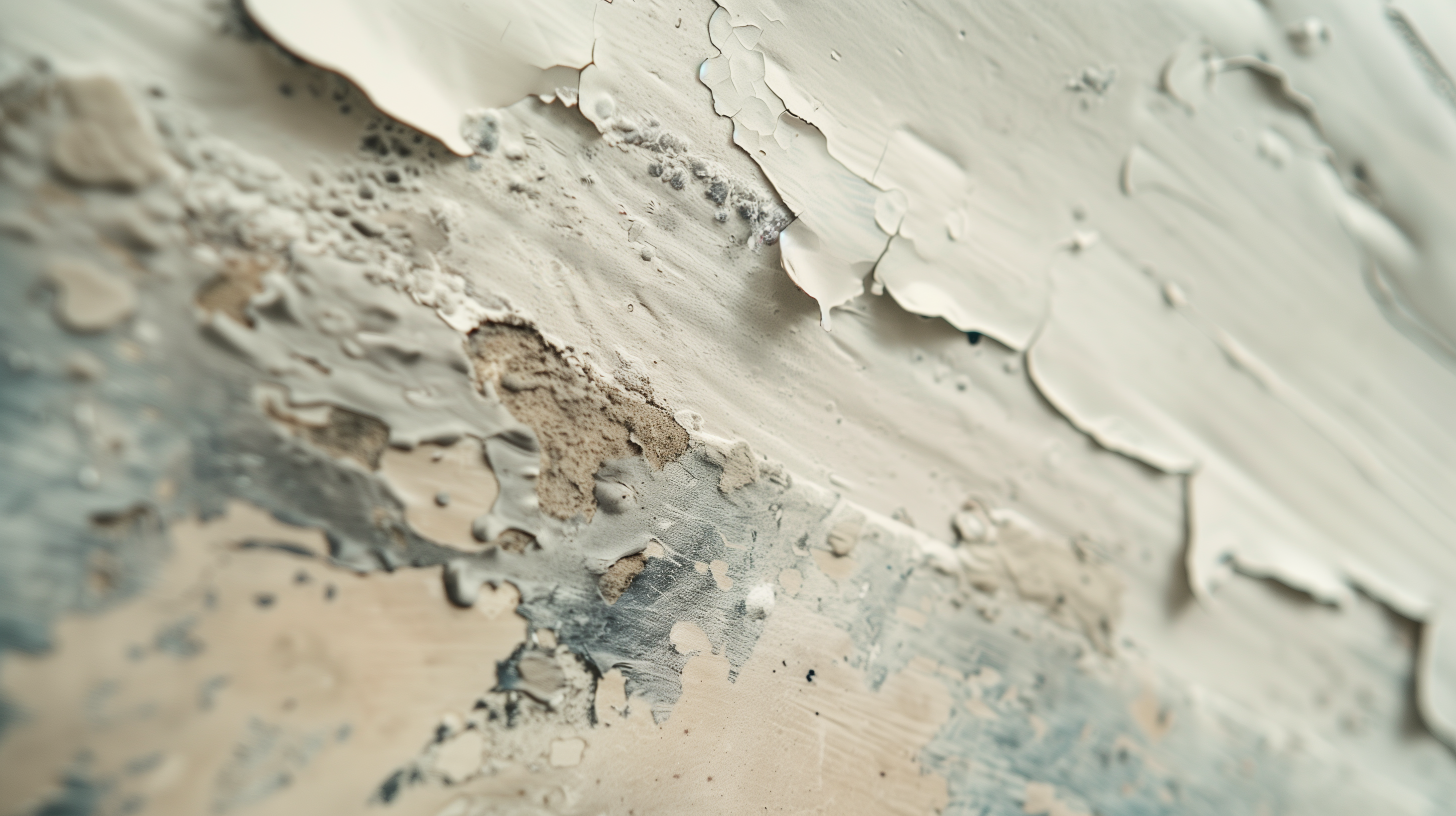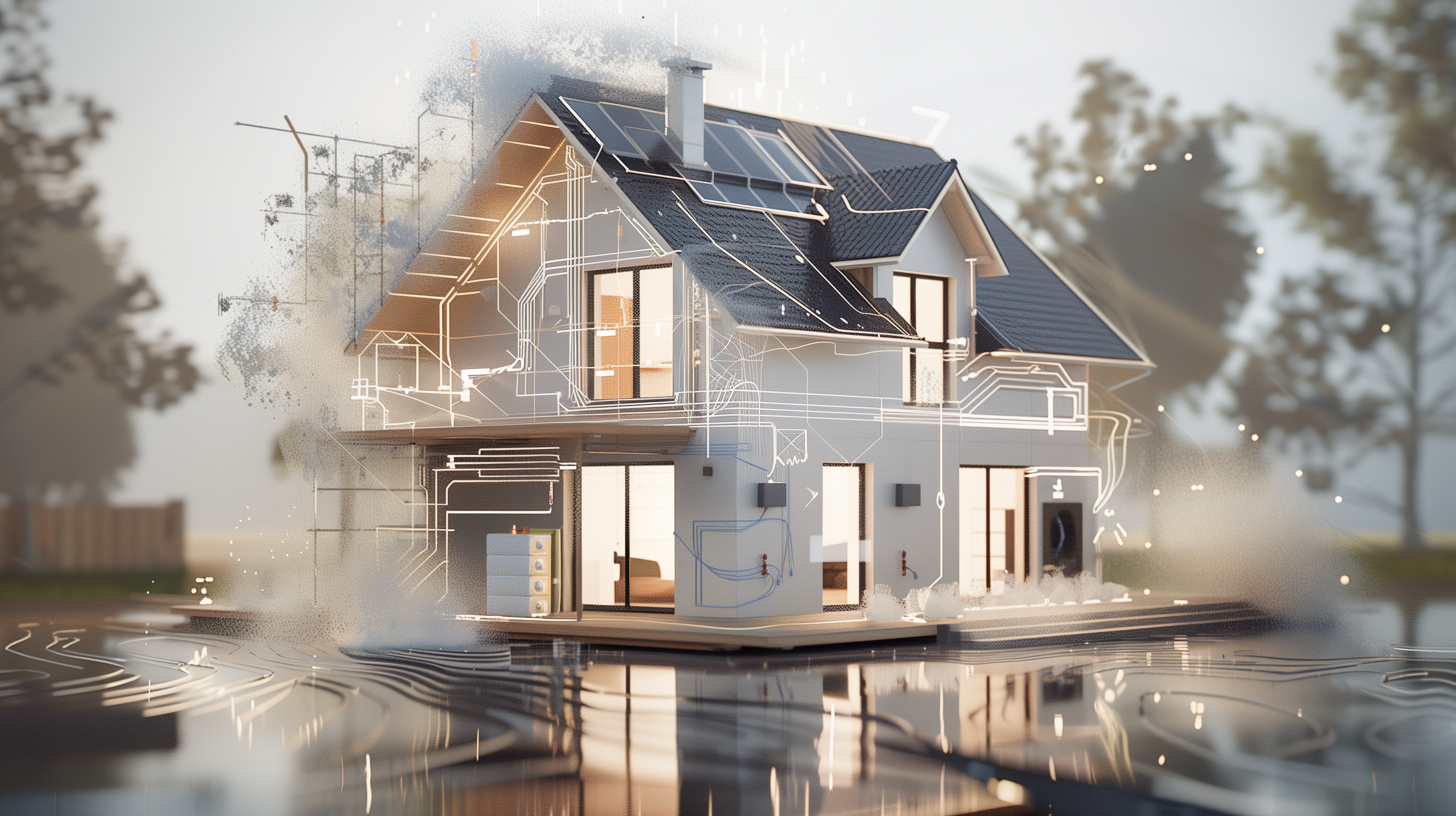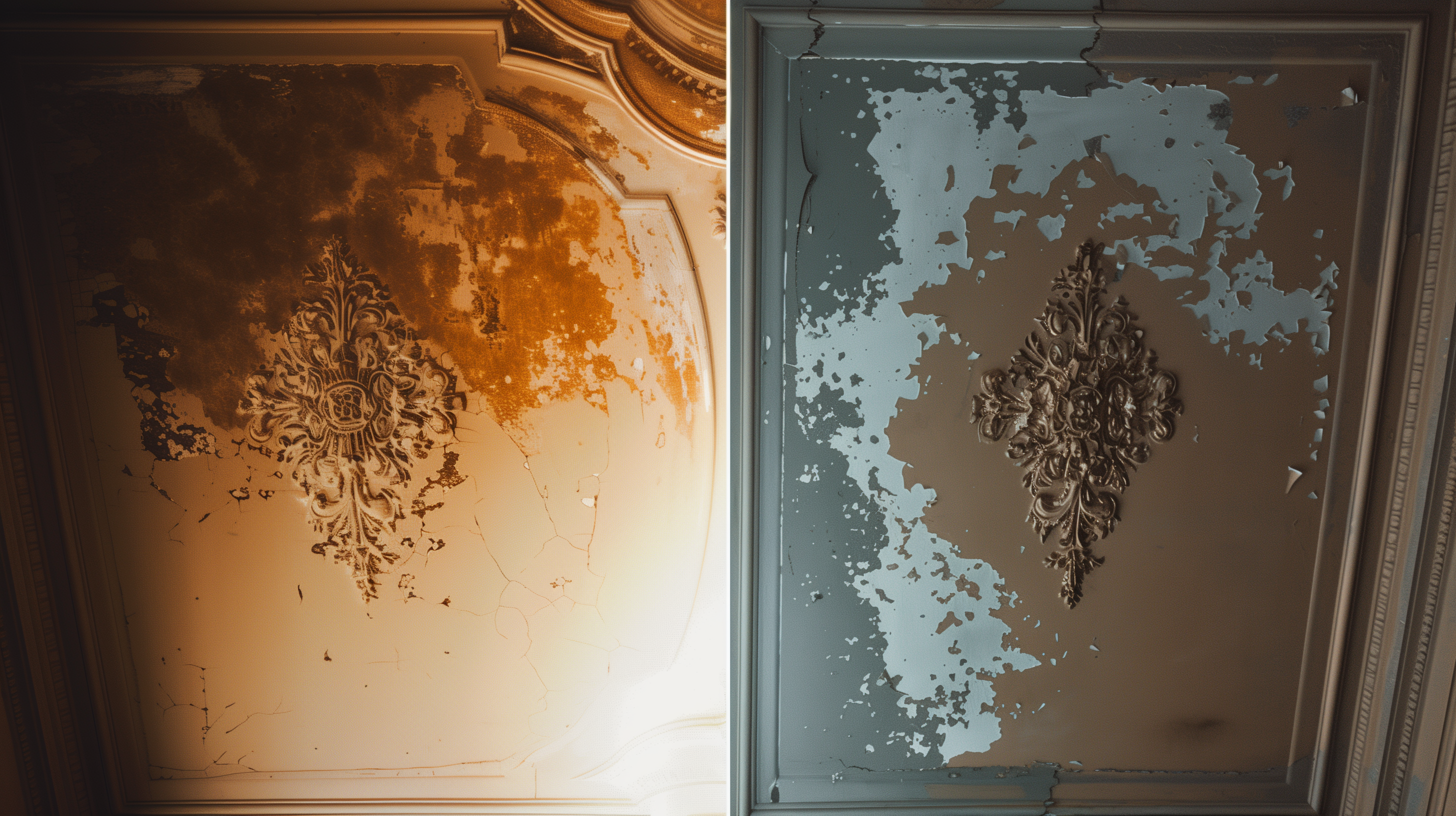Understanding Category 3 Water Damage: Risks, Cleanup, and Prevention
When your home is affected by water damage, it’s crucial to understand the severity and classification of the water intrusion. Category 3 water damage, also known as black water, is the most severe type and can pose serious health risks if not addressed properly. This type of water damage is often caused by sewage backups, stormwater, or floodwater, all of which contain harmful contaminants.
In this blog, we’ll explore what Category 3 water damage is, the dangers it presents, the necessary steps for cleanup and restoration, and how to prevent this type of water damage in your home.
What Is Category 3 Water Damage?
Category 3 water damage is the most dangerous classification of water damage, involving water that is grossly contaminated with harmful bacteria, viruses, and toxins. Often referred to as black water, it can include water from sewage backups, flooding from rivers or streams, and stagnant water that has developed bacterial growth.
Key characteristics of Category 3 water:
- Highly Contaminated: Contains unsanitary agents, harmful chemicals, and microbial pathogens that can cause serious illness.
- Dangerous to Health: Direct contact with or exposure to Category 3 water can lead to severe health issues, including respiratory infections, skin rashes, and gastrointestinal diseases.
- Requires Professional Cleanup: Due to its hazardous nature, cleanup and restoration after Category 3 water damage should only be handled by trained professionals who are equipped with the proper safety gear and techniques.
Common Causes of Category 3 Water Damage
There are several sources that can lead to Category 3 water damage, and understanding these causes can help you respond quickly when it happens:
1. Sewage Backups
Sewage backups occur when wastewater from your home’s sewer system is unable to drain properly and flows back into your home. This is one of the most common causes of Category 3 water damage, as sewage water is highly contaminated with harmful bacteria and toxins.
- Prevention Tip: Install a backwater valve to prevent sewage from backing up into your home during heavy rain or plumbing issues.
2. Flooding from Natural Disasters
Floodwater from hurricanes, severe storms, or overflowing rivers can bring contaminants from the environment, including dirt, chemicals, and even raw sewage. These contaminants make floodwater a significant health risk.
- Prevention Tip: Elevate critical systems like electrical panels and HVAC units above potential flood levels, and ensure proper grading around your home to direct water away from the foundation.
3. Broken or Malfunctioning Appliances
When appliances like toilets, dishwashers, or washing machines malfunction and overflow, they can release contaminated water into your home. If not addressed quickly, this can escalate to Category 3 water damage.
- Prevention Tip: Regularly inspect and maintain household appliances to avoid leaks or malfunctions that could cause significant water damage.
4. Stagnant Water
When water damage is not addressed immediately, standing water can become stagnant. Over time, this stagnant water will breed bacteria, turning into Category 3 black water.
- Prevention Tip: Always address water damage as soon as possible. If you experience any type of flooding, remove the water quickly to prevent it from becoming a health hazard.
Dangers of Category 3 Water Damage
The risks associated with Category 3 water damage go beyond property destruction. The contaminated water poses several serious health hazards:
1. Health Risks
Category 3 water contains bacteria, viruses, and other pathogens that can cause severe illnesses if inhaled or touched. Common health issues include:
- Respiratory infections
- Skin irritation and infections
- Gastrointestinal illnesses
- Allergic reactions
2. Structural Damage
Category 3 water can weaken structural components of your home, including drywall, flooring, and wooden supports. If left untreated, it can lead to rot, mold growth, and long-term damage that requires extensive repairs.
3. Mold Growth
Mold thrives in moist environments, and Category 3 water provides the perfect conditions for rapid mold growth. Mold can spread quickly, worsening health risks and leading to additional repair costs.
Steps for Cleaning and Restoring Category 3 Water Damage
Cleaning up Category 3 water damage requires professional help due to the hazardous nature of the water. Here’s a step-by-step breakdown of the cleanup and restoration process:
1. Emergency Response
The first step is to call a professional water damage restoration service immediately. Category 3 water is highly dangerous, and you should avoid contact with the water until professionals arrive.
2. Assess the Damage
Restoration experts will assess the extent of the water damage, including the areas affected and the level of contamination. This helps them create a detailed plan for safe cleanup and repairs.
3. Water Removal
Specialized pumps and extraction equipment are used to safely remove all standing water. Given the contaminated nature of the water, workers will wear protective gear to prevent exposure to harmful bacteria and toxins.
4. Removal of Contaminated Materials
Any porous materials, such as carpets, drywall, insulation, and furniture, that have come into contact with Category 3 water must be removed and disposed of properly. These materials cannot be safely restored and pose a continued health risk.
5. Cleaning and Sanitization
Once contaminated materials are removed, the affected areas are thoroughly cleaned and disinfected using industrial-grade cleaning solutions. This step eliminates bacteria, mold spores, and other harmful pathogens from surfaces and the air.
6. Drying and Dehumidification
After sanitization, the area must be dried completely using industrial dehumidifiers and air movers. This step ensures that no moisture remains, preventing mold growth and further structural damage.
7. Restoration and Repairs
The final step is restoring the damaged areas. This may include replacing drywall, flooring, or other structural elements. Restoration professionals will ensure your home is safe and structurally sound before completing the job.
Preventing Category 3 Water Damage
While some causes of Category 3 water damage, like natural disasters, are unavoidable, there are steps homeowners can take to reduce the risk:
1. Install Backwater Valves
A backwater valve can prevent sewage from backing up into your home during heavy rain or plumbing issues. This is especially important for homes with basements.
2. Maintain Gutters and Downspouts
Ensure that your gutters and downspouts are clean and functioning properly to direct water away from your home’s foundation, reducing the risk of flood-related water damage.
3. Inspect Appliances Regularly
Regularly inspect and maintain household appliances that use water, such as washing machines, dishwashers, and water heaters. Fix any leaks immediately to prevent water damage from escalating.
4. Waterproof Your Basement
If you live in a flood-prone area, consider waterproofing your basement to prevent floodwater from entering your home. This can include installing sump pumps, French drains, and sealing foundation cracks.
Why You Need Professional Restoration for Category 3 Water Damage
Due to the health risks and extensive damage that Category 3 water can cause, professional restoration is essential. Trained professionals have the equipment and expertise to:
- Safely remove contaminated water and materials
- Properly clean and disinfect affected areas
- Restore your home to safe, livable conditions
- Ensure compliance with local building codes and health regulations
Attempting to clean up Category 3 water damage on your own can expose you to harmful pathogens and increase the risk of long-term damage.
Conclusion
Category 3 water damage is a severe threat to your home and health, requiring immediate professional intervention. Whether caused by sewage backups, flooding, or standing water, quick action and proper restoration are crucial to prevent further damage and health hazards.
For expert help with water damage restoration, contact Allied Emergency Services, INC. Our experienced team specializes in safe, thorough cleanup and restoration for Category 3 water damage, ensuring your home is restored to a safe, livable condition.
Contact Information:
Phone: 1-800-792-0212
Email: Info@AlliedEmergencyServices.com
Location: Serving Illinois, Wisconsin, and Indiana with a focus on the greater Chicago area.
Disclaimer: This article is intended for informational purposes only. For professional advice, consult experts in the field.






